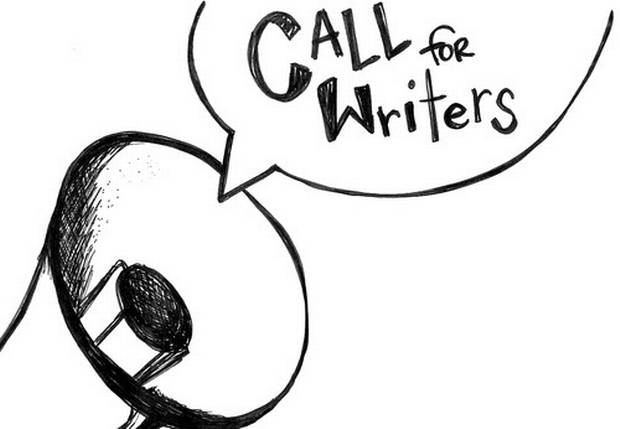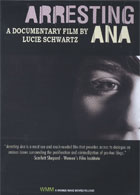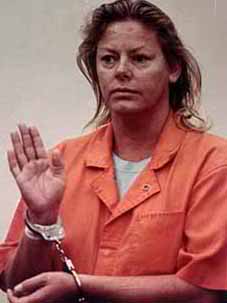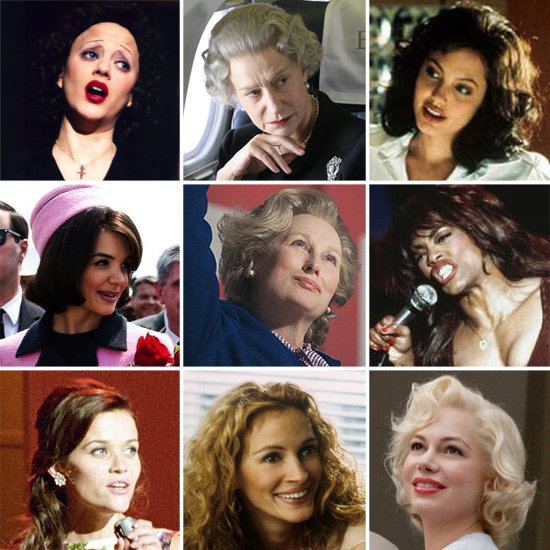 |
| Serial killer Aileen Wuornos, immortalized in an Oscar-winning film and two documentaries |
Aileen Wuornos was executed for killing six men. She is as infamous a serial killer as Ed Gein, Ted Bundy, and Charles Manson. Her notoriety was secured with the Oscar-winning film
Monster: brave and complex, it achieved a sense of authenticity, portraying both her aggression and vulnerability, ensuring no easy condemnation for the woman made infamous as “America’s First Female Serial Killer.”
Before being immortalised by Hollywood, Wuornos’s story was told in two documentaries by British filmmaker Nick Broomfield. The first of these, The Selling of a Serial Killer, sees Broomfield examine the commercialisation of the Wuornos case, and he spends much of the time communicating with the two people “closest” to her. One of these is her lawyer Steve Glazer, and the other, her adoptive mother Arlene Pralle. While Glazer appears preoccupied with the excitement of having a film crew around and uses the experience to play guitar and sing on camera in what he presumably thought was something of an audition opportunity, Wuornos’s adoptive “mother” is a more problematic and even sinister proposition. Pralle tells Broomfield that after seeing Aileen on television after her arrest she felt compelled to protect her and made steps to become her legal “mother.” Her protection seems to disappear, however, when Aileen maintains that she killed in self-defence, and does not believe that she is ready for the “Kingdom of Heaven.” It is clear that both Glazer and Pralle are two people looking to exploit Wuornos like so many before them. When their manipulation eventually becomes clear to Aileen, she is understandably furious and upset. Yet she remains heartbreakingly naïve and very quickly puts her trust in Broomfield – for once at least this is not misplaced.
In the second documentary, Life and Death of a Serial Killer, Broomfield meets with Wuornos as another proposed date for her execution nears. After being on death row for 12 years, Wuornos is no longer appealing against her conviction, but has begun to plead total guilt for her crimes, asserting in court that she killed in cold blood with no provocation from the victims. She discounts evidence that had been used to defend her as lies, dismissing testimonies that detailed her devastating childhood and young adulthood, and swears that the horrifying testimony she gave at her trial detailing the brutal rape she suffered at the hands of the first victim was a complete fabrication. She calls herself a dangerous criminal who should be killed immediately or she will kill again.
Aileen Wuornos’s story is the antithesis of the American Dream and highlights the causality of crime: abused, abandoned, neglected, poverty-stricken, violated, exploited, shunned, condemned, tormented and eventually killed. It seems understandable that after being repeatedly raped by a family member as a child, living homeless in woods until teenage years, turning to prostitution to make enough money for food and shelter, and then being beaten and raped brutally, that she would, in desperation, reach for a gun and kill. The mythology around serial killers demonstrates that there is a perversion and obsession that perpetrators feed with their crimes, yet in Wuornos’s case that does not appear to have been true, as the killings she committed were apparently borne from fury and, in at least one case, from self-defence. If she had not experienced so much abuse and neglect, would she have gone on to kill? This can never be known, and her crimes can never be excused. Indeed, it is not possible to know what really happened on the nights of the killings.
However, Broomfield’s documentaries enable the viewer to look beyond the label of “serial killer,” and provide an understanding of what brought the terrible situations about. Watching Wuornos’s response to Broomfield’s gentle questioning and assurance that he will support her and tell her story results in extraordinary insights into her true nature. To counter tales of abuse and incest provided as testimony to assist her appeal, Wuornos describes to Broomfield a childhood that was proper, within a morally strong family who gave her a good upbringing: yet at the mention of her mother, she is plunged into a vicious fury that leaves her virtually inarticulate with rage. She is adamant at this stage that she should be executed as soon as possible, and is eager to dismiss any evidence that might hinder the process. Although found to be of sound mind the day before her execution by three psychiatric professionals, she asserts to Broomfield that prison officers are using radio waves to control her mind: it is unlawful to execute someone who is not sane. Most compelling of all is Aileen’s admission to Broomfield, when she believes he is not recording, that the only reason she has stopped appealing her conviction is because, after spending so long on death row, all she now wants is to die, and yes, she did kill in self-defence.
The films illustrate that Aileen Wuornos did not live in a vacuum, and neither did her victims. By labelling her, or any criminals, as “evil,” society absolves itself of responsibility for their behaviour and Aileen Wuornos’s fate can be seen as the result of that. Documentaries such as these, filmed with humanity and compassion remind us that film can capture insights into our world that we may not like, and may wish to look away from, but are endangering ourselves if we ignore.
Gabriella Apicella is a feminist writer and tutor living in London, England. She has a degree in Film and Media from Birkbeck College, University of London, is on the board of Script Development organisation Euroscript, and in 2010 co-founded the UnderWire Festival that aims to recognise the raw filmmaking talent of women. Her writing features women in the central roles, and she has been commissioned to write short films, experimental theatre and prose for independent directors and artists.










